
If ever there was a week that summed up the richness and diversity of the Mara… this week was it. Simply put, it was exceptional. Not only did we witness some of the most dramatic zebra and topi river crossings in years, but were treated to near-daily leopard sightings, and some remarkable lion scenes, too. And that’s not to mention all the smaller species that make the most wonderful cameo performances on Africa’s greatest stage.
The week started off similar to last in that we managed to come across a gorgeous pair of mating puff adders. Completely preoccupied, they allowed us to spend over 10 minutes watching them. Eventually, the female moved off, losing the male in the grass. It was amazing to see him using his tongue to ‘sniff’ the air, using his Jacobson’s Organ to relocate her.
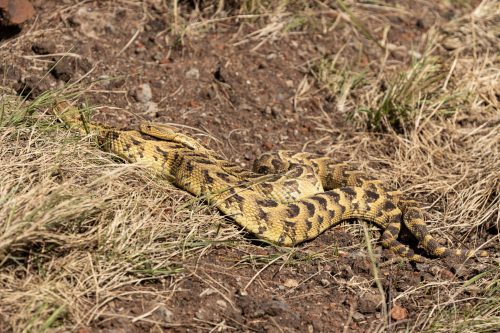

The Mara landscape continues to dry out, and although there have been some showers over the last few days, it is significantly drier than this time last year. Many of the tracks which were waterlogged and undrivable are now opening up. A huge thank you to the Mara Conservancy team for putting in countless hours to repair the roads.
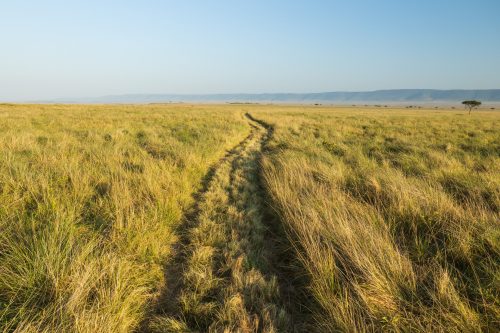
Driving along the river road it is impossible to ignore the impalas, or more specifically, the small bachelor herds that are in the midst of trying to sort out some kind of rank and authority. If you sit quietly, you will be treated to all sorts of barks, fights and jumps. Testosterone levels are sky-rocketing.

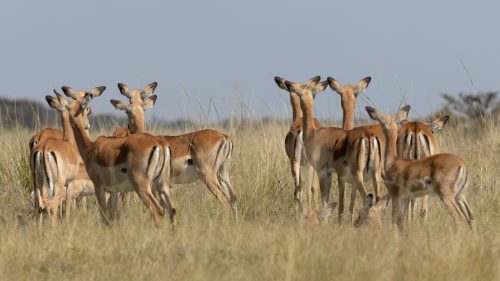
An often overlooked species is the koks hartebeest, also known as kongoni. I am certainly guilty of not paying enough attention to these magnificent antelope, and I had to go back over a year since we last posted an image of one of these in our weekly round-ups.
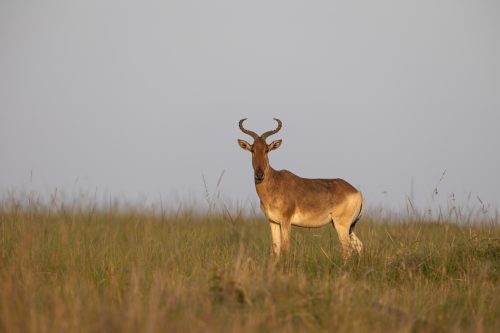
Driving south on the main road at the foot of the Oloololo Escarpment will undoubtedly lead you to a pair of dark chanting goshawks. If this pair are sitting on their regular perch, gazing out in search of snakes and rodents, then all is well in the world.
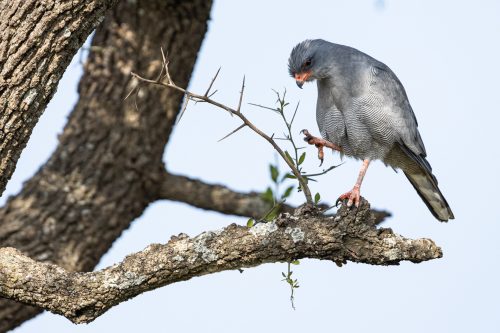
The elephant population in the Triangle continues to thrive and we have a handful of very small calves amongst the various family groupings in the area. The joy of elephants is that they are always doing something, ultimately providing entertainment and the perfect subject matter.
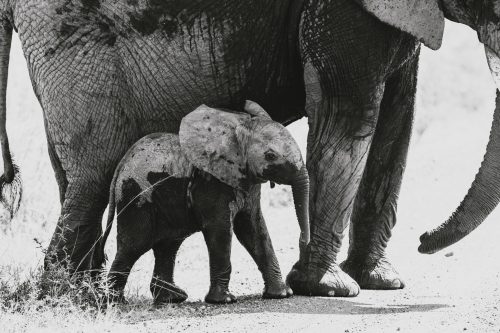

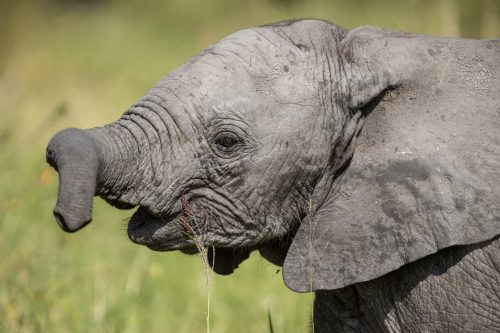
Another firm favourite when it comes to wildlife photography is to focus in on large herds of buffalo. It isn’t always the buffalo that are of interest, but often the little oxpecker birds that go along for the ride.
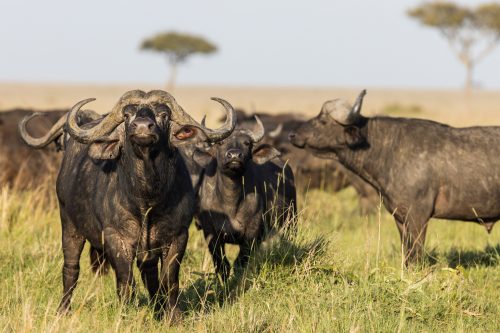

The Maasai Mara is synonymous with lions and we are so lucky that week in and week out we get to see them in all their glory, free and wild. Keeping up with the comings and goings of the various prides and coalition partners could be a full-time job, as they continue to surprise us with their changing dynamics.
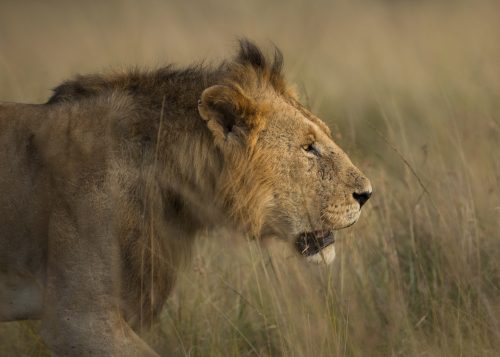

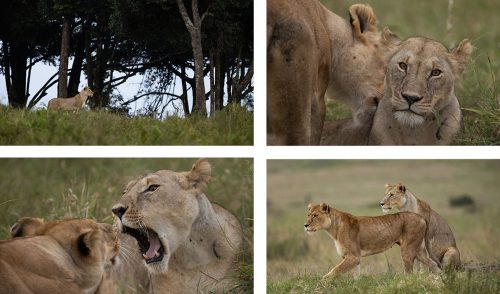
The Shepherd Tree Male: a true stalwart and icon of the Triangle. This leopard is really starting to show signs of ageing (regardless of his near-perfect teeth condition) but provides the most incredible entertainment. Much has been written and spoken about his gigantic territory, but little has been said about his tenacity. Regardless of the extremely high hyena and lion populations in the area, this leopard has managed to endure and has surely carved his way into the history books of the ‘Legends of the Mara’.
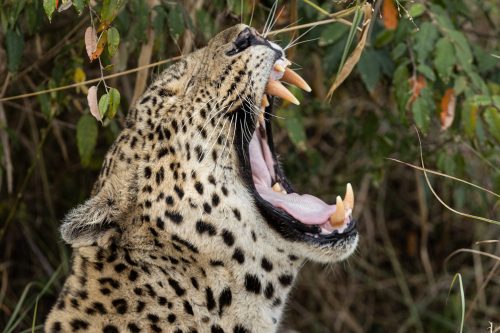
To wrap up an account of what was a very special week, I have saved the best for last. The crossings. We have heard we may be just a few days away from welcoming the first of the wildebeest herds into Kenya, but the zebras have been keeping us occupied for the last few weeks. Near daily river crossings have resulted in some truly unforgettable scenes.
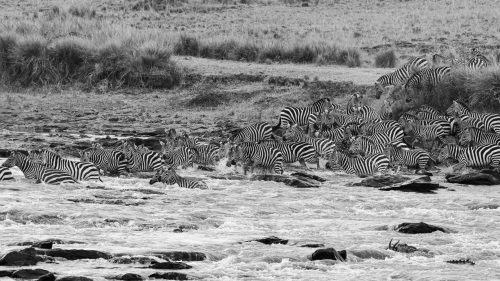
Crossings are not everyone’s cup of tea. For some, they are too gruesome and sad, too traumatic and bloody. But for others, they are the pinnacle of life and death and the cycle out here in nature. As a photographer, I try to stay slightly removed but during scenes, the likes of which we had this week, it is hard to not be torn in all directions.

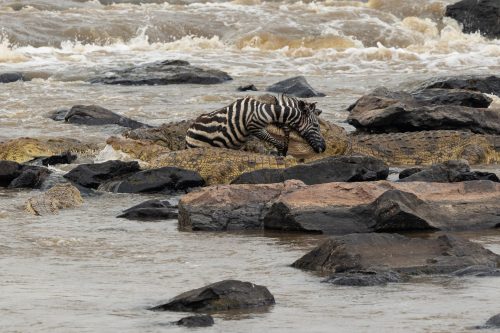

It’s hard not to root for the zebras and topis, hoping they make it to the other side, however, I also marvel at the sheer size and design of the massive crocodiles that depend so greatly on these weeks to keep them alive. At the end of the day, these crossings are what many people come to see – and even though I have seen hundreds of them, I am still amazed at every single one. They are spectacular.
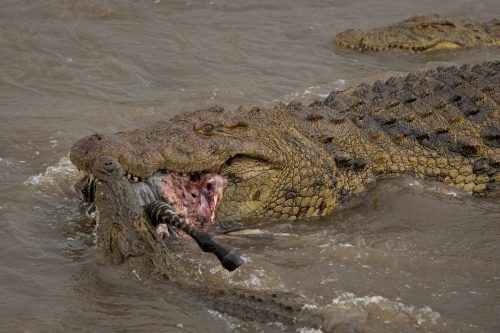

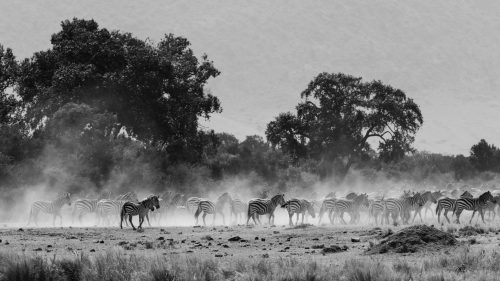
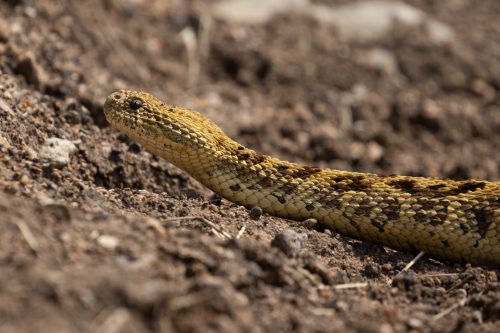
Isn’t it amazing that this week, exactly one year ago, we also had some more amazing puff adder sightings? I only see a handful of these snakes each year, and it seems that the last week of June is the time for these magnificent creatures to come out.
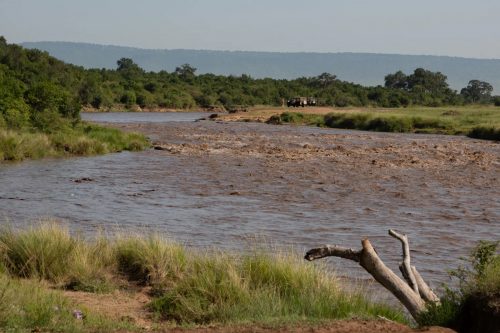
Two years ago the Mara River was a very different river. This photo of a swelled and fast-flowing river was taken at Main Crossing, the exact point at which this week’s zebra crossing photographs were taken. The river is currently low, and we are hoping for a bit more rain before the wildebeest arrive.
Filed under: This Week at Angama
Subscribe for Weekly Stories
Comments (2):
2 July 2021
GREAT PHOTOS! Thanks.
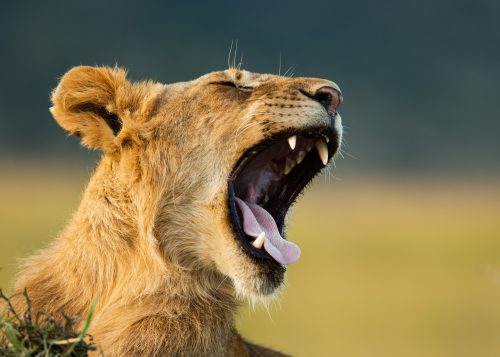
Angama Safari Offers